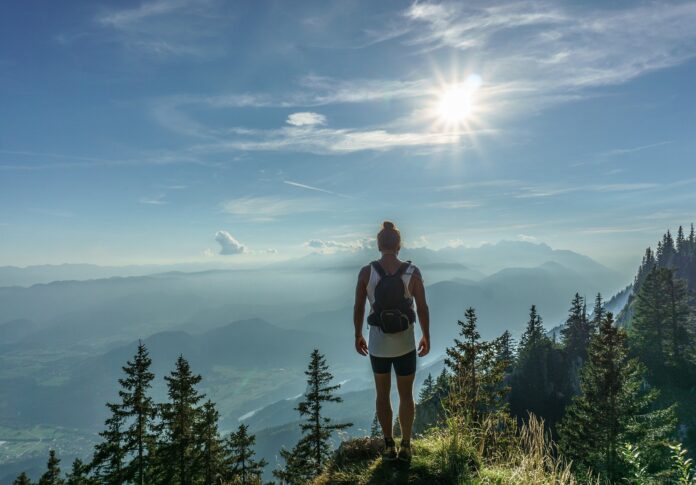In this part of the country, hiking season is all year round.
Cowichan Search and Rescue’s President and Search Manager, Jamie Tudway-Cains says this season is on par with other years. Their volunteer-run outfit receives around 50 calls per annum looking for those lost in the vast nature of Vancouver Island.
He says that having a plan is crucial to a safe hike.
“If you’re going to go somewhere, let somebody know – whether it’s a friend or a family member,” says Tudway-Cains. “Mistakes happen. They happen with even the most experienced of us. But at least if we know where you are and when you’re supposed to be back – we’ll find you.”
Part of the planning process is planning the time of day that you hike and being careful of it getting too dark. He says about half of the time, the people they are sent in search of aren’t injured, they simply get turned around and then nighttime hits.
“People don’t realize when it’s going to get dark,” he says. “They don’t understand how long it’s going to take to do a certain trail and then all of a sudden it’s dark.”
He says it can happen to even the most experienced hikers.
“It doesn’t take much to get turned around,” says Tudway-Cains. “It doesn’t matter if you’re experienced or not experienced as soon as it gets dark, if you don’t have the right stuff you have no idea where you’re going.”
Should someone get turned around while out in the wilderness – it’s important to not rely solely on your cell phone, as batteries can die or reception can be spotty. He mentioned a call just last week where a nearly dead battery could’ve resulted in a long night for a hiker on the trails.
“Luckily he got to us while he had 10 percent battery left and we were able to ping his cell phone and go in and get him reasonably quick,” Tudway-Cains says. “I wouldn’t want to leave it that short.”
As a backup – he recommends 10 essential things that someone should bring with them on a hike. Here’s the list of things you should remember to bring with you on a hike –
as provided by AdventureSmart:
- Flashlight
- Fire making kit
- Signalling device (i.e. whistle)
- Extra food and water
- Extra clothing
- Navigational/communication devices
- First aid kit
- Emergency blanket/shelter
- Pocket knife
- Sun protection
Tudway-Cains says that all of those items can fit in a 10-litre backpack and it’s better to have those things and not need them than need them and not have them.
“Nine out of ten times nothing is going to go wrong,” he says. “But that one time if it does go wrong, you’re going to wish that you had that bag and it could actually save your life.”






